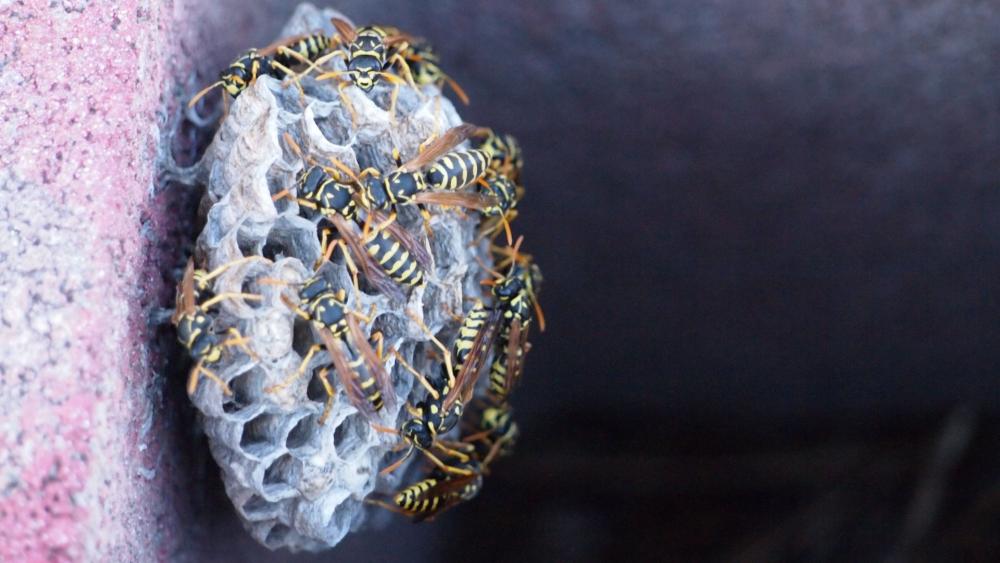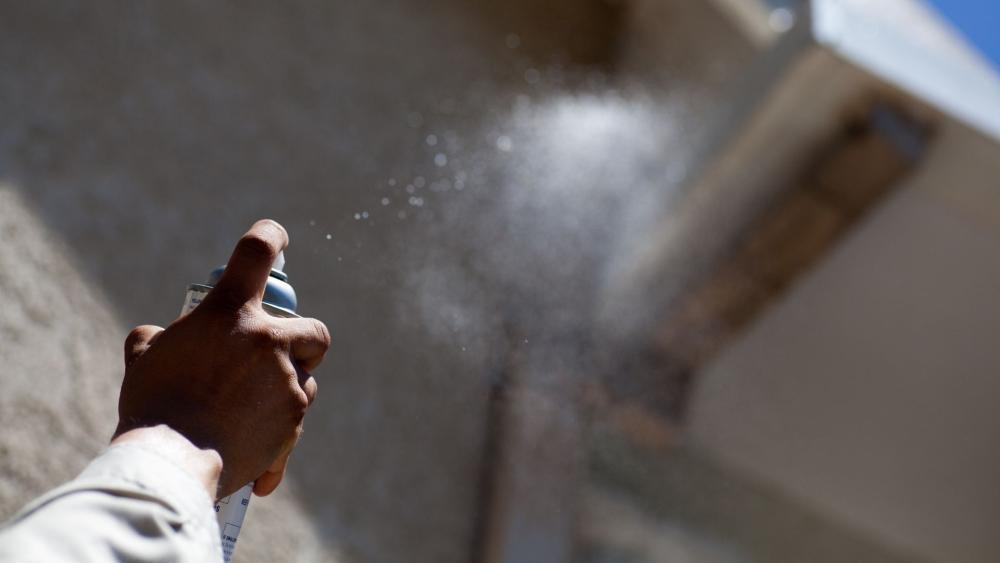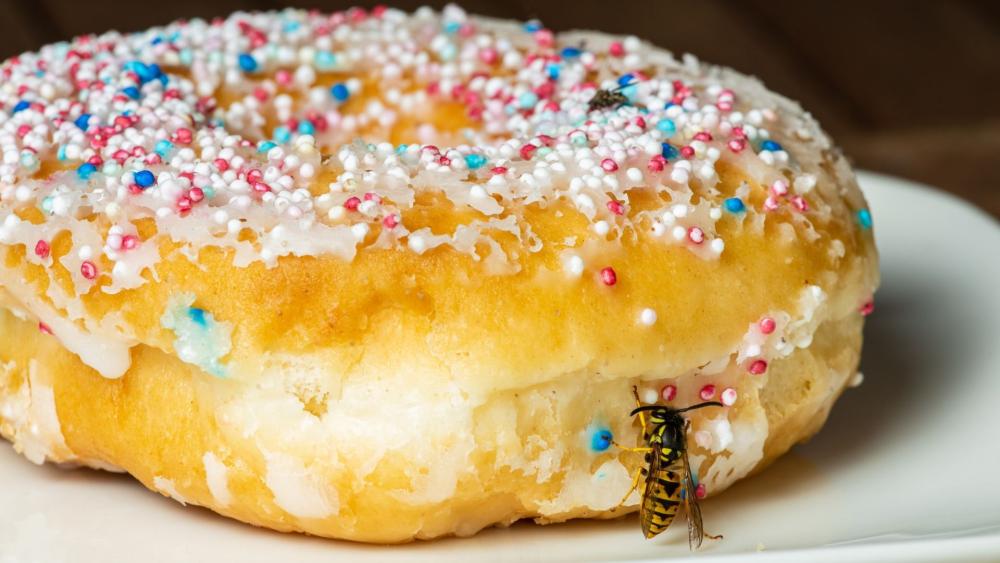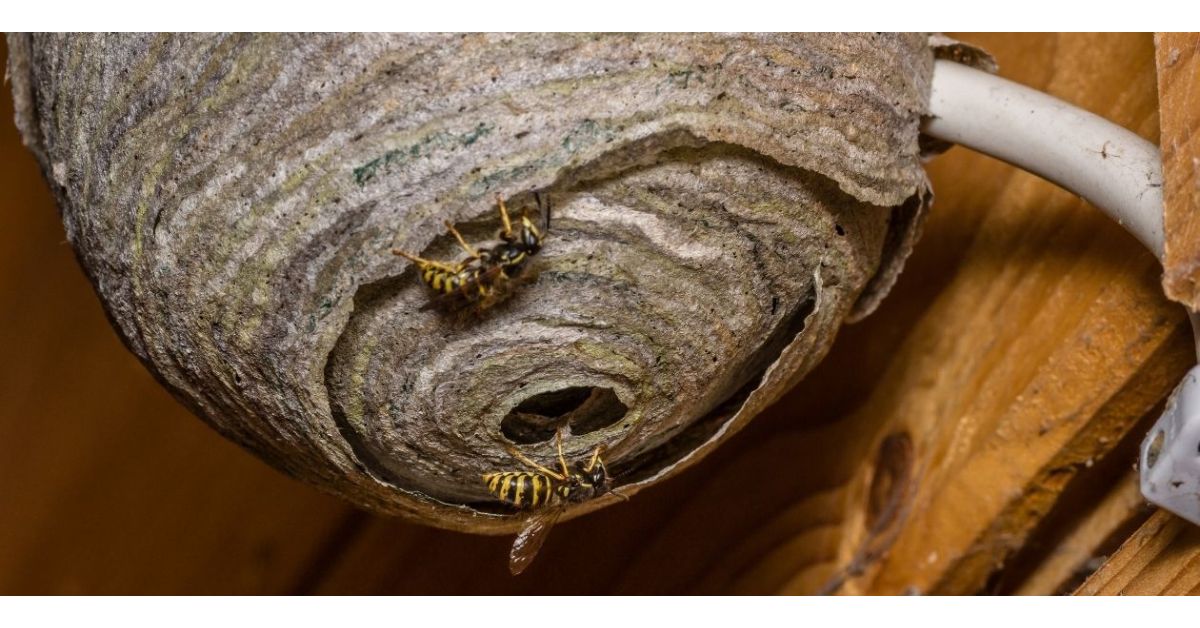Find Out How To Get Rid Of Wasps Around The House
Are you wondering how to get rid of wasps around the house? It's a question that many people have, especially during the summertime. Unfortunately, wasps can be a nuisance and a danger, so it's important to learn how to identify them and get rid of them safely.
In this blog post, we will discuss how to identify wasps, how to inspect for them around your home, and how to get rid of them safely. We'll also discuss how you can prevent them!
How To Identify Wasps (And How To Tell Them Apart From Bees)
There are quite a few different species of stinging insects that are commonly mistaken for one another: wasps, hornets, and yellow jackets. Although they may look pretty similar, there are a few key ways to tell them apart. For example, wasps are typically slimmer than bees, with longer legs and narrower waists.
Their wings are also darker in color, with less of a yellow tint. Hornets, on the other hand, are larger than wasps and have a more rounded shape. Their wings are often lighter in color, with more of a yellow hue. Yellow jackets also have a more rounded shape, but they are smaller than hornets and have brighter yellow and black stripes.
Another way to distinguish them is by their behavior. Most wasp species are more likely to be aggressive than bees, and they're also more likely to sting multiple times. Finally, wasps build nests out of chewed-up wood pulp, while bees use wax to build their nests.
If you're ever unsure whether an insect is a bee or a wasp, your best bet is to keep your distance. Both bee stings and wasp stings can be painful, so it's best not to risk getting stung!
They can be further divided into two main types of wasps: social wasps and solitary wasps. Social wasps live in colonies with hundreds or even thousands of other individuals. The most common type of social wasp is the paper wasp, which you may find building nests under eaves or in bushes.
Solitary wasps do not dwell together in colonies; instead, they build their own nests for their young. One type of solitary wasp often seen around gardens is mud daubers, which build their nests out of mud.

Wasps like to make their nests in hard-to-reach areas that are protected from the elements.
How To Inspect For Wasps Around Your Home
Sweet and sugary food attracts wasps, which is why they often become a problem near picnic areas or garbage cans. While they are not typically aggressive, wasps can sting if they feel threatened. In addition, their stings can be dangerous for people because they can cause an allergic reaction. If you suspect that there are wasps around your home, there are a few things you can do to inspect for their presence.
First, take a look around any potential entry points, such as open windows or doors. Wasps typically like to build their nests in sheltered areas, so these are likely places to find them. If you see any wasps flying near these entry points, it's a good indicator that there is a nest nearby.
It's good to check various areas in your home, such as your eaves and the mortar between bricks. Exterior vents are also prone to wasp nests, so don't overlook small entry points and gaps.
Another way to check for wasps is to listen for their telltale buzzing sound. Finally, keep an eye out for any small holes or tunnels in the ground. These could be signs that wasps are diggings their way into your yard.
If you do find evidence of wasps on your property, quickly take steps to rid them from the area. Otherwise, you run the risk of being stung or attracting more wasps to the site.

If using a wasp spray, it’s a good idea to invest in one with a good spray distance. It’s safer to spray at night when the wasps aren’t active.
How To Get Rid Of Wasps Around The House
Wasps can be a real nuisance, especially when they decide to build their nests near your home. If you're dealing with a wasp problem, you'll want to take action to get rid of them as soon as possible. There are a few different ways to kill wasps, but the most effective methods are quick kill wasp aerosols, insecticide dusts, and traps.
For Wasp Sprays, We Recommend:
- Stryker Wasp & Hornet Killer
- Bonide Wasp & Hornet Aerosol
- PT Wasp & Hornet Freeze
- Stryker Wasp and Hornet or Styker 54 Aerosols
- Zenprox Wasp-X2
We also offer convenient, ready-to-go wasp kits like the Yellow Jacket Kit.
Insecticide Dusts
As for wasp insecticide dust, we highly recommend using Tempo Dust. It offers a quick knockdown and provides long-term control.
Wasp Traps
Traps are great because they offer "set it and forget it" wasp protection. Wasps get stuck inside and are unable to exit these traps. We recommend PFT Yellow Hanging Station or the Advantage Yellow Jacket Trap.
It may be necessary to call a professional exterminator to deal with the wasps in some rare cases. We only recommend this if the problem is too dangerous or extensive to handle safely on your own.
For ground nests, it's best to inspect and treat them in the late spring or early summer before they become very active.
Once the wasps are gone, be sure to remove the nest to prevent them from coming back. Suppose you want to try a natural route for wasp control. In that case, you can discourage future infestations by using essential oils that repel wasps. However, given how much trouble wasps can be, we recommend sticking with professional pest control products.

Wasps are attracted to sweet scents. Avoid leaving food outside your home after barbeques, etc.
Prevent Wasps, Hornets, And Yellow Jackets
The best way to prevent wasps is to stop them from becoming a problem in the first place. Start by sealing up any entry points into your home, such as cracks around windows and doors. You should also make sure that exterior vents are adequately sealed.
Remove any potential food sources that might attract wasps, such as sugary drinks or open garbage cans. Next, keep your yard clean and free of debris, as this will make it less inviting for wasps. Finally, trim back any bushes or trees near your home, as these can provide shelter for wasps.
Wasps traps are a great way to keep their population under control and discourage rapid nest building and expansion.
Do-It-Yourself Pest Control Can Help You Get Rid Of Wasps
By following these tips, you can help keep wasps away from your home and avoid being stung. If you find yourself with a wasp problem, be sure to take action quickly to get rid of them.
We hope this guide has been helpful in getting rid of Wasps around your house! If you have any questions or want assistance finding wasp control products, please contact us, and we would be happy to help!




